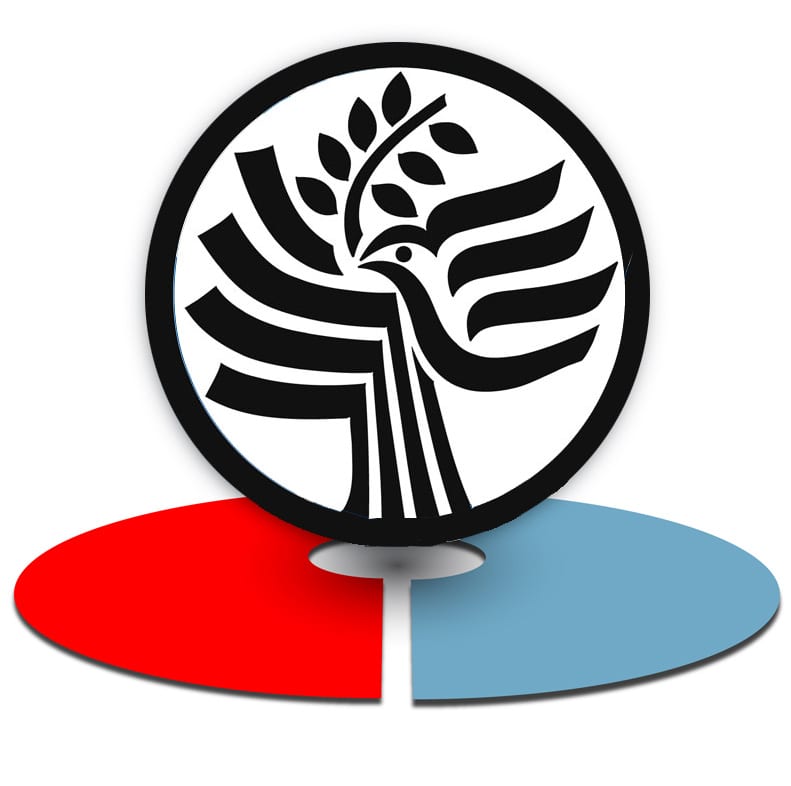25 Year Anniversary Special Blog Series: A Flagrant Act of Cultural Diplomacy
Written By: Mark Taplin Not so long ago, on a fragrant July evening in Sarajevo, in the courtyard of a 19th centuryhouse-museum, a Spanish musicologist, a Bosnian singer, and a handful of traditional sevdahmusicians committed a flagrant act of cultural diplomacy. Hosted by the Spanish ambassador,the program linked the centuries-old…





